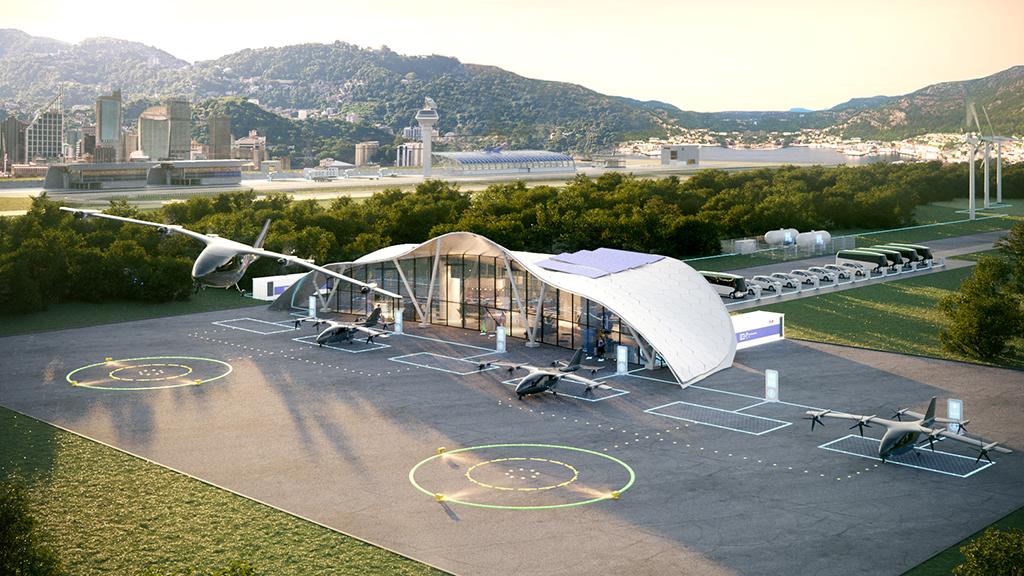
Utah-based startup Altaport has launched a vertiport automation system (VAS) intended to streamline a host of outdated heliport management processes ahead of the anticipated arrival of electric vertical takeoff and landing (eVTOL) vehicles around the middle of this decade.
The VAS is intended to streamline and automate many “archaic” heliport processes related to landing site identification, resource scheduling, collection of payments and information sharing, says Cory Cozzens, Altaport’s founder and CEO.
By aiming to tackle inefficient management processes for helicopter services, Cozzens says Altaport will have the infrastructure in place for the expected arrival of commercial eVTOL services later this decade. The VAS solution has already been deployed at heliports in Brazil, including in Araçariguama, Campinas and São Paulo, allowing the company to gain valuable experience in real-world heliport operations.
“Rather than sitting in an ivory tower and doing tests and demos of a hypothetical solution, we’re able to deploy our solution in a real-world environment reflective of what the longterm environment will look like for advanced air mobility [AAM],” Cozzens says. “At the same time, we’re addressing a pressing need for heliports today.”
One example of how the VAS will help improve helicopter and future eVTOL operations is by centralizing and streamlining the identification of landing sites. The current process for discovering usable sites is highly fragmented and disorganized, with around 20,000 potential sites spread across the country. Many are inactive, restricted or otherwise unavailable on any given day.
“Discovery is really important,” Cozzens explains. “When we look forward to AAM, the ideal scenario is that any operator can quickly identify the closest landing location to the customer’s origin and destination and can quickly schedule that trip.”
The VAS is also intended to enhance scheduling and resource management. Helicopter operators currently have to employ various means including phone calls, text messages and emails to get in touch with heliport managers and inquire about availability for certain dates and time slots. Making matters worse, many helipads are co-located at other businesses and are not the primary focus of the business owner, contributing to further inefficiencies and delays for helicopter operators.
Payment collections is another process that Altaport’s platform automates, with currently disparate practices ranging from invoices to credit cards and even cash payments depending on the facility. The VAS also aims to streamline information sharing, simplifying the process for operators to send and receive passenger data, insurance information, operating certificates and other documents with airports, heliports and landing sites.
“There are some high-volume heliports like in Downtown Manhattan where you can just radio in a couple of minutes in advance and things run pretty smoothly, but those are the minority of heliports around the world,” Cozzens says. “Usually you’re dealing with rooftop heliports, parking garage heliports, etc., where there’s just some real inefficiencies.”
Remedying those inefficiencies will be crucial ahead of the introduction of high-frequency eVTOL services, he adds.
“We’re all used to being able to order Uber in real time or see real-time Airbnb availability across the globe and make and manage reservations—but none of that really existed for heliports prior to Altaport,” Cozzens says. “That same functionality really needs to exist as we look at introducing high-volume eVTOL operations.”





